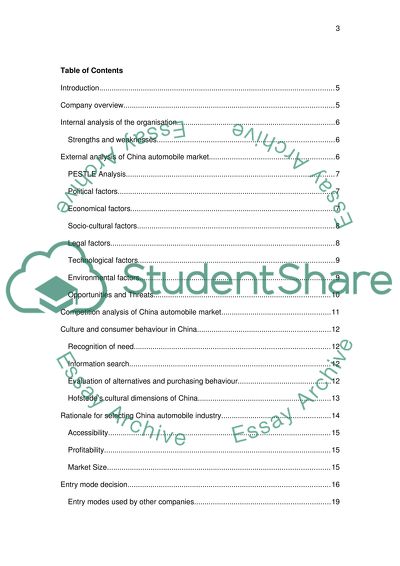Cite this document
(“Global Marketing Strategy (China Automotive Industry) Essay - 1”, n.d.)
Retrieved from https://studentshare.org/marketing/1692447-global-marketing-strategy-china-automotive-industry
Retrieved from https://studentshare.org/marketing/1692447-global-marketing-strategy-china-automotive-industry
(Global Marketing Strategy (China Automotive Industry) Essay - 1)
https://studentshare.org/marketing/1692447-global-marketing-strategy-china-automotive-industry.
https://studentshare.org/marketing/1692447-global-marketing-strategy-china-automotive-industry.
“Global Marketing Strategy (China Automotive Industry) Essay - 1”, n.d. https://studentshare.org/marketing/1692447-global-marketing-strategy-china-automotive-industry.


